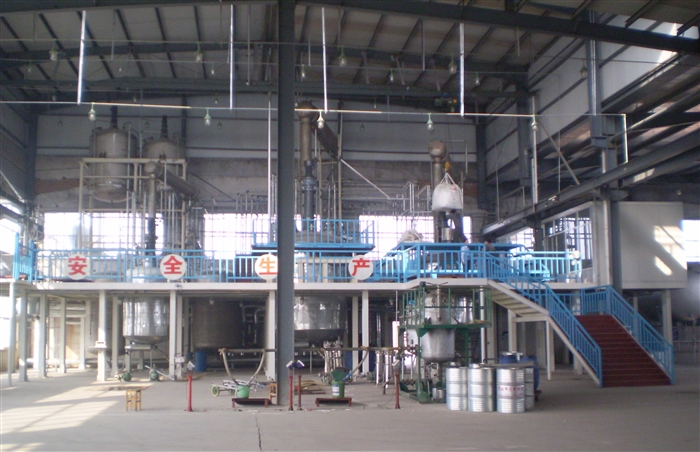Urea formaldehyde glue is a widely used adhesive in the wood industry due to its excellent bonding strength and affordability. Understanding the manufacturing process of this glue is crucial for ensuring quality and efficiency in production. This article provides a detailed insight into the various aspects of a urea formaldehyde glue plant, from raw material selection to final product quality control.

The first step in manufacturing urea formaldehyde glue is the selection of high-quality raw materials. The main ingredients include urea, formaldehyde, and a catalyst. It is essential to source these materials from reputable suppliers to ensure the final product's quality and performance.
Production Process
Preparing the Resin
The manufacturing process begins with the preparation of the resin. Urea and formaldehyde are mixed in specific ratios in the presence of a catalyst. The mixture is then heated to promote the reaction between urea and formaldehyde, forming urea formaldehyde resin.
Adding Additives
Additives such as fillers, stabilizers, and modifiers are added to the resin to improve its performance and properties. These additives help enhance the glue's bonding strength, water resistance, and curing time.
Formulation of Glue
The resin is mixed with water to form a glue solution. The ratio of resin to water is critical, as it determines the glue's viscosity and bonding strength. The glue solution is then filtered to remove any impurities.
Application and Curing
The glue is applied to the wood surface using a roller or sprayer. The wood pieces are then pressed together under high pressure and temperature to ensure proper bonding. The curing process is essential for the glue to achieve its maximum bonding strength.
Quality Control
Quality control is a crucial aspect of urea formaldehyde glue manufacturing. Various tests are conducted throughout the production process to ensure the glue meets the required standards. These tests include viscosity, pH, and bonding strength tests.
Environmental Considerations
Urea formaldehyde glue Manufactured must adhere to strict environmental regulations. Proper waste management practices should be implemented to minimize the impact on the environment. Recycling of waste materials should also be considered to reduce waste generation.
Conclusion
In conclusion, a urea formaldehyde glue manufacturing plant plays a vital role in the wood industry. By understanding the manufacturing process and implementing quality control measures, manufacturers can ensure the production of high-quality glue that meets industry standards. Proper environmental practices should also be followed to minimize the plant's impact on the environment.




Comments
Please Join Us to post.
0